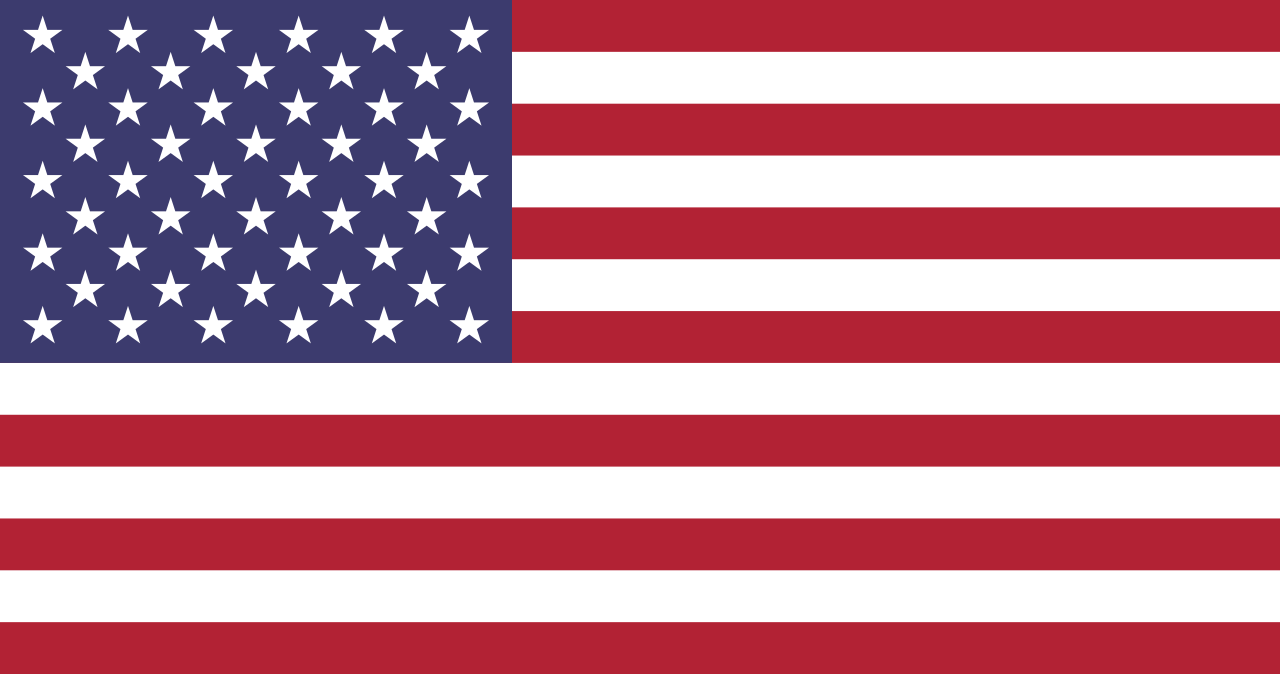The Big Sky by A.B. Guthrie, Jr.
About halfway through A.B. Guthrie’s big, beautiful novel The Big Sky, Zeb Calloway, a tired old fur trader drunk on whiskey, tells Boone and Dick, two of the book’s three protagonists, that the West is finished. “This was man’s country onc’t. Every water full of beaver and a galore of buffler any ways a man looked…God she was purty onc’t…and not a man track, savin’ Injuns’ on the whole scoop of her.”
It’s 1830 when Boone Caudill runs away from his abusive father and lights out for the wild, untamed wilderness beyond the Mississippi. Thirteen years later, Boone returns to his Kentucky home a broken, paranoid, misanthropic mess, having betrayed his best friend (the book’s third protagonist, Jim Deakins) and his abandoned wife and child.
In those intervening years, we follow Boone as he transforms himself from a naïve yet strong-willed “greenhorn” doing what he can to survive as a teenage runaway, into a rugged, muscular mountain man, shooting buffalo, trapping beaver, and bedding squaws as he traverses the big sky country of the novel’s title.
Working as trappers, traders, guides, and explorers, we follow Caudill’s ever-changing band of brothers as they sail (or more aptly push and pull) themselves up the Missouri from St. Louis and over and beyond the great snowy peaks of the imposing Rocky Mountains.
What could easily pass as pulp Western fodder is hugely elevated by Guthrie’s sensational prose. His descriptions of Jefferson’s Louisiana Territory are soaring and beautiful recounting visions of a “raw, vast, lonesome land” that is often found to be “too big, too empty.”
And adventures abound. Whether fighting off raiding Indian tribes, negotiating with rival fur traders, or challenging passersby to spur-of-the-moment fist-fights, Caudill’s exploits are sundry and yet often punctuated by moments of quiet beauty:
“The sun floated behind the ragged rim of the mountains, and a stillness came on. A man speaking heard his voice like something that didn’t belong there. It came out into the quiet, sounding hoarse and strange, and the quiet cracked to it as ice would crack to a step.”
But it’s not just the elegiac prose that makes Guthrie’s novel so magnificent. The author clearly engaged in an impressive degree of research. Similar to novels like Trainspotting or television series like The Wire, Guthrie drops the reader smack in the middle of his universe, with no hand-holding along the way. I found myself absorbing the vernacular of 19th-century trappers as I was whisked along the vast reaches of the wilderness. “Plew” (beaver skin), “boudin” (buffalo intestines), “buffler” (buffalo), “gone under” (killed), “painters” (mountain lions), all tumble by in an avalanche of rough ‘n’ ready slang.
It takes some getting used to. They even refer to each other liberally as “ni**er” throughout even though none of the principal characters are of African descent. I looked this up online as I found it especially curious and sure enough, it was common slang for fur traders and mountain men of the period according to various sources cited by Wikipedia:
It was not used as a term exclusively for blacks among mountain men during this period, as Indians, Mexicans, and Frenchmen and Anglos alike could be a "niggur".[8]"The noun slipped back and forth from derogatory to endearing."[9]
Guthrie eventually produced a series of sequels to The Big Sky, and even won the Pulitzer for his follow-up, The Way West, though many seem to prefer this, his first of the series.
I really loved this book. It’s exciting, sad, multi-faceted, and educational and it’s one of the best depictions of the American West that one is likely to read. A bit of a lost classic, in my mind.

